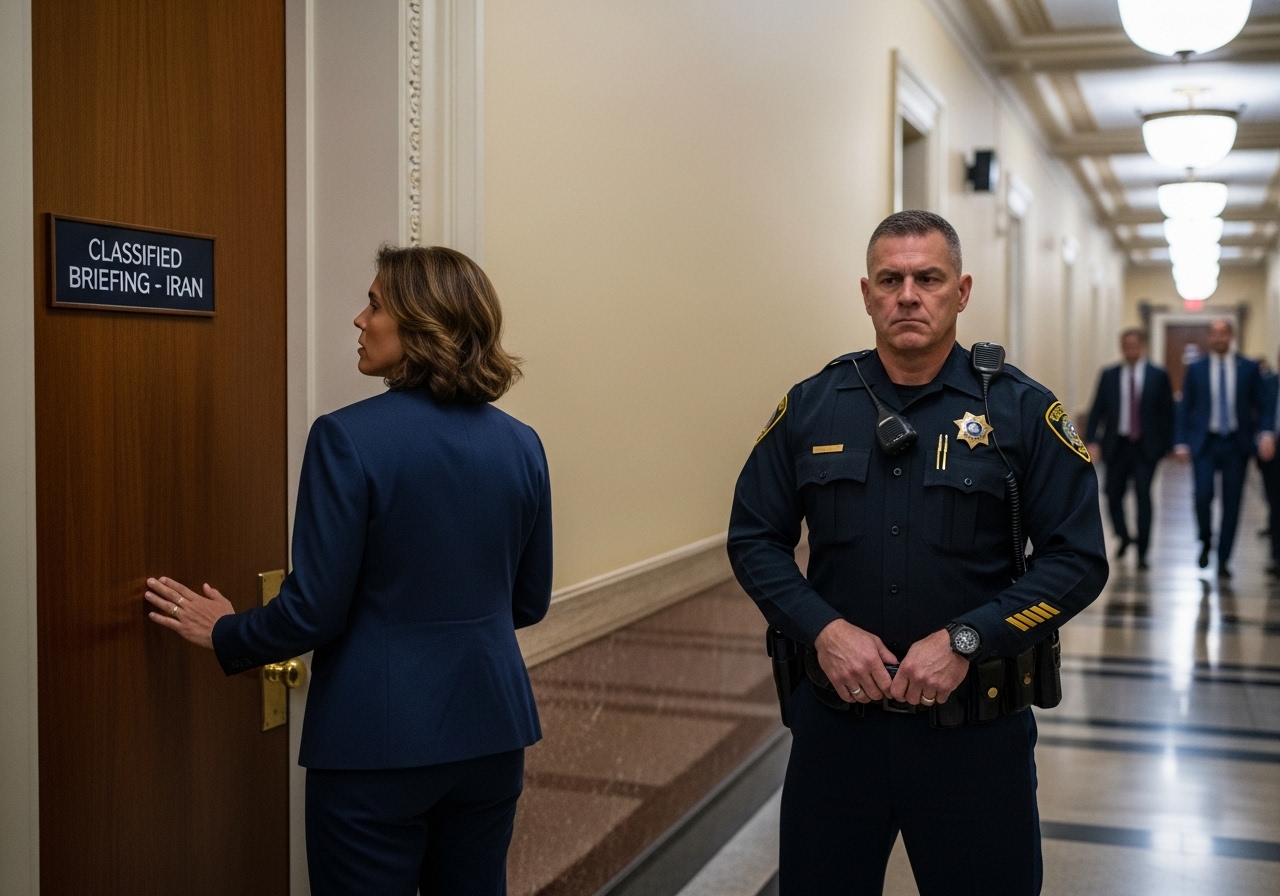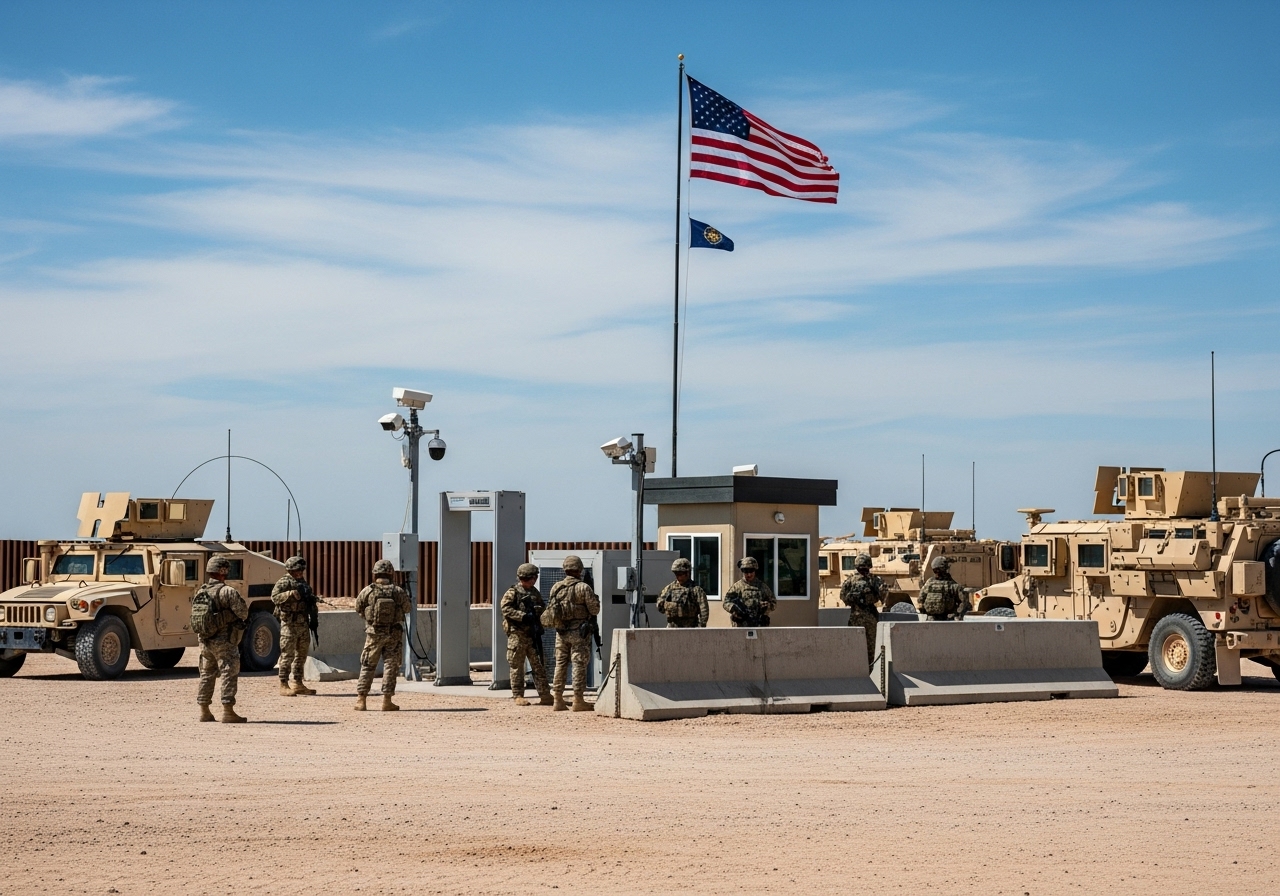In an era where police officers are akin to murders, racists, Nazis, fascists etc – regardless of their skin color – it’s become even more important to grant them with legal protection of some kind.
The far-left, with backing from Fake News propaganda outlets, have declared war on each and every police officer in America and will burn down entire cities to prove it.
Democrats not only support this, but justify the rioting as merely victimized minorities finally taking a stand against the system.
Oh, please.
However, thanks to Donald Trump, we know have a Supreme Court that isn’t chock-full of liberal activists – or activists of any kind. While many consider the court ‘conservative-leaning,’ the justices have proven they won’t side with Republicans 100% of the time. Luckily, however, they will at least look at each case with a fine-tuned legal eye and not through a lens of wokeness.
The Supreme Court sided with police officers in two separate excessive force cases, ruling that the officers in both cases were protected from lawsuits by “Qualified Immunity” legal protection.
“Qualified Immunity” has become a hot topic in debates around police reform. According to the Supreme Court, Qualified Immunity “shields officers from civil liability so long as their conduct ‘does not violate clearly established statutory or constitutional rights of which a reasonable person would have known.’”
Qualified Immunity applies to cases “when an official’s conduct does not violate clearly established statutory or constitutional rights of which a reasonable person would have known.”
The two cases, Rivas-Villegas v. Cortesluna and City of Tahlequah, Oklahoma v. Rollice, were decided Monday morning in per curiam decisions, made by the whole court.
The Tenth Circuit Court Of Appeals ruled against the officers, but SCOTUS ruled that the precedent cited by the Lower Court was wholly irrelevant to the case and therefore, the officers were entitled to qualified immunity.
Qualified Immunity must be protected against endless left-wing attacks, and thankfully the Supreme Court did just that. In these specific cases, the police officers in question were well within their bounds to protect themselves and issue necessary force to neutralize the situation.
Author: Sebastian Hayworth





